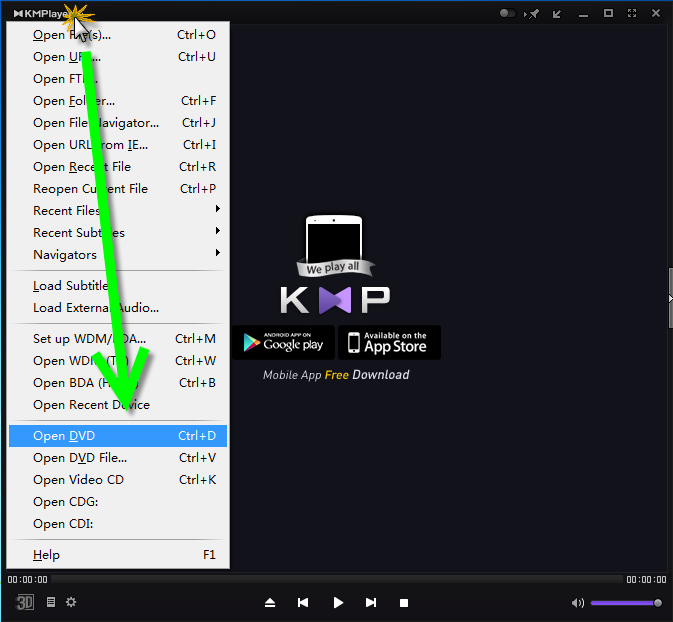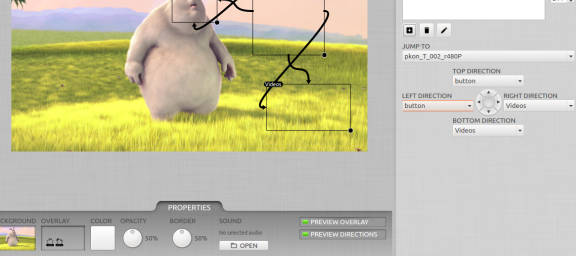

An easy way to check whether that you can burn optical media is to look at the front of your disc drive. Not all optical drives (CD or DVD drives) are equipped to burn new media. This means that you can permanently burn files to the CD/DVD for backup, file transport, or any other reason. ISO images do not support multi-track, thus they cannot be used for audio CDs, VCD, and hybrid audio CDs.įedora includes support for writing to CDs and DVDs. In addition to data of the files it also contains all the file system metadata, including boot code, structures, and attributes. They are stored in an uncompressed format. The name iso is taken from the ISO 9660 file system used with CD-ROM media, but an iso image can also contain Universal Disk Format (UDF) file system because UDF is backward-compatible with ISO 9660.Īn ISO image includes all the data of files contained on the archived CD/DVD.
#Open dvd producer manual archive#
It is always a good idea to back up important data before performing sensitive disk operations.Īn ISO image is an archive file, also known as a disk image of an optical disc, in a format defined by the International Organization for Standardization (ISO). There is no need to repartition or reformat your media. To begin, make sure there is sufficient free space available on the USB media.
#Open dvd producer manual install#
You can install applications by either using the PackageKit application or on the command line by using Yum. To install the software packages listed on this page which not already installed on your computer, please read the chapter on managing software. These applications will run in most desktop environments, including GNOME and KDE. There are several multimedia applications available for the Fedora desktop. Removing the medium without first unmounting could cause data to be corrupted if this is the case, you will not be able to recover your data in the future. During this process any remaining changes to the data on the media is written to the device, allowing for its safe removal without data loss. To do this in GNOME, right-click on the device's icon and select Unmount Volume or Eject, depending on what type of media you are using. You should unmount a medium before physically removing it from your computer. Additionally, the medium's icon is placed to the left of the file display window in Kickoff Application Launcher > File Manager. On the KDE desktop, an icon is placed in the bottom panel next to the workspace switcher. An icon is placed on your desktop and in the Places menu in GNOME.

This process is called mounting the drive. When you connect a medium, such as a CD, DVD, hard drive, or flash drive to your computer, Fedora automatically recognizes it and makes it available for use.

3.1 Using CD/DVD Creator to Burn Media in GNOME.


 0 kommentar(er)
0 kommentar(er)
